 Policy Brief + Recommendations
Policy Brief + RecommendationsThis episode featured Teresa McGrath, the Chief Research Officer for Habitable.
She digs into the environmental implications of paint components and offers scientific insights on sustainable alternatives. Some of her suggestions are even trending—popular wall treatments such as Limewash and Roman clay are healthier alternatives.

The Resource Efficiency Collective at Cambridge University explores how to deliver future energy and material services while reducing resource use and environmental impact, aiming to find suitable metrics and solutions for a more resource-efficient society.

The Retailer Report Card evaluates the safer chemicals programs of major U.S. and Canadian retailers, highlighting their efforts to eliminate toxic chemicals from products and packaging, and empowering consumers to support companies driving positive change.
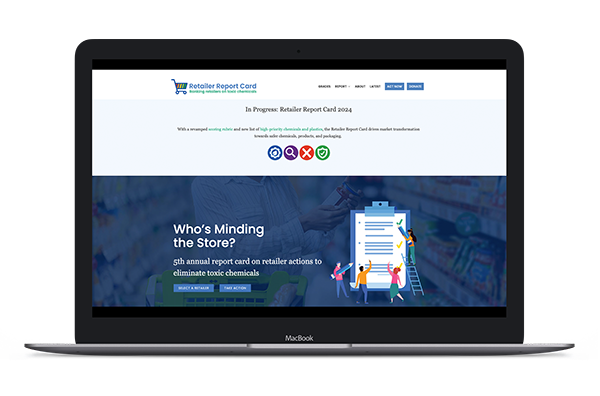
The Sustainable Chemistry Catalyst, based at the University of Massachusetts Lowell, accelerates the transition to safer, more sustainable chemistry through research, stakeholder engagement, and the development of evaluation methods and model solutions.
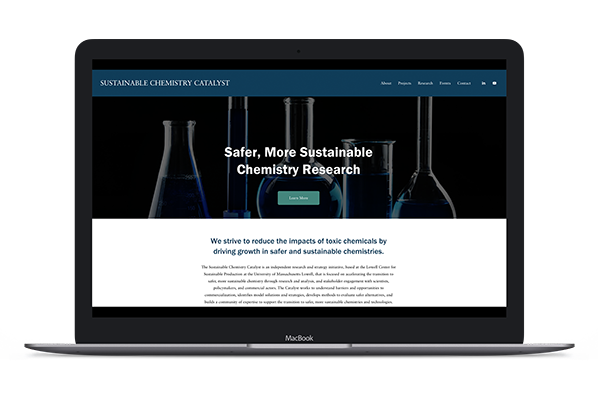
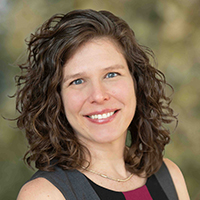
This Women’s History Month, we’re celebrating an incredible leader in the green chemistry and healthy materials space: our very own Teresa McGrath! Teresa is Habitable’s Chief Research Officer, leading our research strategies.
Prior to working at Habitable, Teresa led the Chemical Management Program for Sherwin-Williams, the largest paints and coatings company in the world, where she focused on hazards reduction and transparency and assisted business units in meeting sustainability and green chemistry goals. She also spent nine years as the Senior Managing Toxicologist at NSF International’s Green Chemistry Programs, and two years at the Environmental Protection Agency in the Design for the Environment (DfE) Branch of the Office of Pollution Prevention and Toxics (OPPT).
We caught up with Teresa to learn why she’s a champion for safer chemicals and healthier products and to get her perspective on the industry today.
HABITABLE:
What got you interested in working in sustainable products and clean chemistry?
TERESA MCGRATH:
It all starts with my family. Specifically my father – who would never identify as an environmentalist – but through his actions taught me to care for those who are most vulnerable and to take care of our planet. For example, more than once I witnessed my dad giving CPR to an injured animal that one of our dogs had mangled. In grade school I disgusted my friends by pulling carrots out of a peanut butter and jelly coated baggie my father had reused (this was before reusable bags were a thing!).
In college I did a research project on how to remove pesticides from drinking water using a biocatalytic filter method. It took me until the end of the project to ask myself “Wait, why is this pollution in our drinking water to begin with? Why are we using chemistry in such an inefficient, clumsy way?” After a little digging I stumbled on the Twelve Principles of Green Chemistry, authored by Dr. Paul Anastas and Dr. John Warner. These principles are centered around using chemistry to prevent pollution rather than create it, to make efficient use of resources down to every atom, to avoid waste. This was an inspiring moment for me.

I decided to pursue a graduate degree in chemistry that focused on Green Chemistry. At the time the only graduate program focused entirely on “Clean Chemical Technology” was in the U.K. at University of York. Off to England I went, and I have worked in the field of Green Chemistry for my entire career.
H:
What has surprised you the most about working in this field?
TM:
I have worked in government, NGOs, and industry. I think what is surprising is how much these stakeholders have in common and how most people want the same things when it comes to human health and the environment. Most people want (to make, use, or buy) safer products that work well and they can afford. It is this alignment that we can all use to make progress.
The most exciting projects in my work experience were those that harnessed input from different stakeholders with different perspectives. For example, in 2017 Valspar invited NGOs and academics who fought against the use of the endocrine-disrupting chemical bisphenol A (BPA) to help them design and test alternatives to BPA for use in food packaging.
We can all learn from each other, and these moments of collaboration are critical to enable market changes toward products that are safer for human health and the environment.
H:
Who has inspired you along your journey?
TM:
In addition to Dr. Anastas and Dr. Warner, I am grateful to Dr. Lauren Heine, who I met at a Gordon Green Chemistry conference when I was in graduate school and has been a friend and mentor to me ever since. Dr. Heine is a leader in the field of green chemistry, green engineering, and sustainable business practices.
I first met Lauren when she was the Director of Applied Science at Green Blue Institute, where she developed the CleanGredients database in partnership with the U.S. Environmental Protection Agency (EPA) to help cleaning product manufacturers find safer alternatives. At Clean Production Action, she co-authored and led the development of the GreenScreen for Safer Chemicals, a method for comparative chemical hazard assessment. She has also worked as Director of Science and Data Integrity at ChemFORWARD, where she co-created a harmonized chemical hazard assessment methodology that will not helps people avoid chemicals of concern, but also identify safer alternatives. She serves on various advisory boards and committees all over the world to share with the rest of the world a bit of the brilliance whenever she can.
Lauren taught me that collaboration is one of the most important tools to inspire change. She has an unique ability to build connections and relationships with every project she is involved with. I aspire to approach my work with this same focus.
I also credit Lauren with helping me land my very first job out of graduate school at the EPA despite the fact that I handed her a printed resume on scented paper (long story!).
H:
What are you excited about?
TM:
When I talk to project teams about how they find and select healthier products for new construction or retrofits, I often hear that they rely on disclosures like Health Product Declarations (HPDs) or Declare labels, or ecolabels such as Greenseal or Cradle to Cradle certifications, or most often they rely on manufacturer claims about the product.
I’m feeling optimistic that there has been more traction with manufacturers using these great transparency programs. There are a limited number of products on the market today that carry disclosures, and even fewer that have ecolabels. Real estate teams often feel stuck when the product they want to select is not yet disclosed. Also, because a product carries a disclosure or an ecolabel does not mean it is the best choice to avoid hazards for that product category.
I believe that there is a lot of value in disclosures and product certifications and that they play a critical role in our ecosystem. And, I believe the most powerful way to achieve safer products is to start BEFORE relying on those product disclosure tools. Project teams can take advantage of product type guidance to select products that are typically safer than others – all before ever selecting from an individual manufacturer.
Habitable’s InformedTM product guidance is informed by our 20+ years of building materials research. Guidance for individual product categories are generated by analyzing everything we know about a product category, including the way the products are made, the hazards associated with the product content, and end of life options for different product types. The reason I am so excited about this resource is that it summarizes a LOT of technical information into a simple, easy to use format that can be applied easily to both benchmark current practices and select typically safer products for projects, and even help document the powerful impacts of choosing safer materials on a project.
H:
What advice do you have for up-and-coming leaders in this space?
TM:
Don’t be afraid to reach out directly to professionals to learn more about their jobs. Ask what experience they are looking for in candidates, what their day to day looks like, and even directly ask about open positions or internship opportunities. Once you are in a role, actively look for opportunities to meet people within and outside of your organization. By expanding your network you learn different perspectives and build your capacity to collaborate on your next project. I can say from experience that you can make an impact from many different vantage points. We need young energetic leaders in NGOs, government, industry, and academia who are passionate about making the world a better place!
Chemicals of concern lurk in a great amount products, from food packaging and computer monitors to lipstick and sunscreen, and you may not know that Habitable supports these industry sectors in their quest for safer chemicals.
Some companies have jumped ahead of regulations to voluntarily reduce or phase out specific chemicals of concern. One approach companies use for guidance is a Restricted Substances List or RSL. An RSL is a list of chemicals or chemical classes (a group of similar chemicals) that are restricted for use in a product.
RSLs can be an organization’s list of chemicals of concern for any industry, such as Green Science Policy Institute’s Six Classes of Problematic Chemicals, or they can be a voluntary industry standard, such as the furniture industry’s BIFMA e3/level list of chemicals restricted for use in certified products. At Habitable, we have created a one stop shop with our own chemical hazard database. Pharos – named for the ancient lighthouse of Alexandria – hosts all of these RSLs and more from a variety of industries to help suppliers screen their materials for chemicals of concern and design products that comply with their customers’ needs, and with health in mind.
Instead of checking each list individually, you can use Pharos to check a chemical against all RSLs by simply searching a chemical name or identifier (such as a CASRN). You can also search and download each list individually.
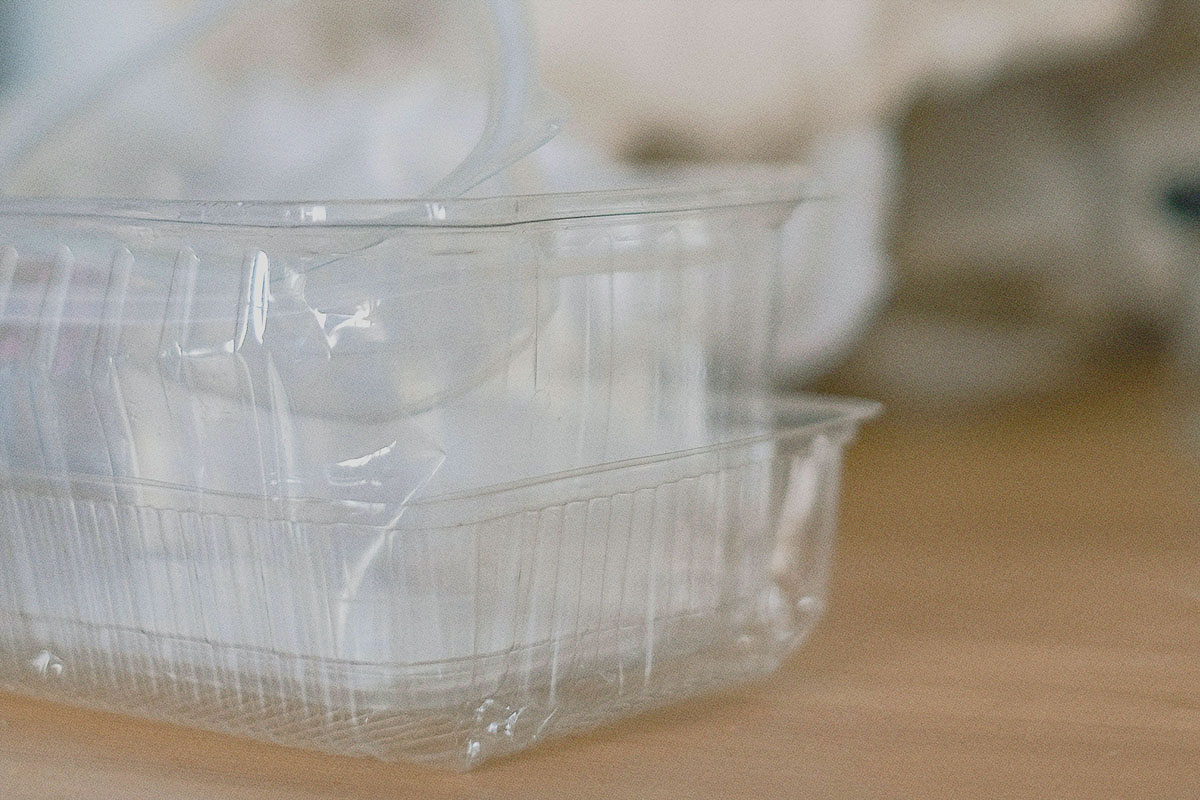
About Pharos
Pharos is a comprehensive independent database of chemicals, polymers, metals, and materials.
It was originally developed by the Habitable research team to save time by consolidating data from hundreds of different sources into one place. This system is available via subscription and is used by manufacturers, retailers, designers, NGOs, government groups, and academics across many industry sectors.
Pharos hosts hazard data for over 200,000 unique chemicals from more than 100 hazard lists. Pharos then maps these data to 25 different resulting types of human health and environmental hazards – such as reproductive toxicity or global warming potential – and assigns a hazard level (e.g high, moderate or low concern) for each endpoint. This translation and distillation of enormous amounts of complex data, to a searchable and practical set of bottom lines makes Pharos a powerful tool. Further, these data are constantly updated to ensure users get the most current information. Pharos helps companies save time finding hazard information, reducing risks by avoiding chemicals of highest concern, and leading the market with safer products. One specific way companies utilize Pharos in their chemicals management process is with RSLs.
Food Packaging Industry Example
While 12,000 different chemicals are approved for use in the manufacture of food contact materials and articles, most of those chemicals have little to no chemical hazard data associated with them, and some are known to be toxic to humans and/or the environment. 1
Recently a global coalition of leading food service companies, environmental NGOs, and technical experts jointly developed a harmonized Food Contact Chemicals of Concern List (FCCoCL). Hosted on Pharos, FCCoCL provides users with a clear pathway to avoid the most concerning chemicals.
The voluntary actions taken by companies to disclose and verify the absence of chemicals of concern will help them stay ahead of legislative and regulatory requirements and establish themselves as industry leaders.
Use RSLs to facilitate internal chemicals management.
Whether or not your company’s chemicals management policy is public, an RSL can reduce or eliminate restricted substances in your facilities and in your suppliers’ incoming materials. For example, the Zero Discharge of Hazardous Chemicals Manufacturing Restricted Substances list (ZDHC MRSL), available in Pharos, catalogs substances that are banned from intentional use in the apparel and footwear industries and their supply chains. By communicating these restrictions to the entire supply chain, manufacturers minimize the impact of banned hazardous chemicals on production workers, local communities, and the environment, while helping meet their corporate sustainability goals.
Use RSLs to maximize your customers’ peace of mind.
Retailers, brands, and manufacturers have published Restricted Substances Lists (RSLs) to help their suppliers identify the top priority chemicals to remove or minimize in their products and processes. For example, Target has relied on an RSL to implement their Chemicals Policy since 2017. Their latest list, the Target Priority Chemical List, is intended to incentivize and support the design of beauty, baby care, personal care, and household cleaning products that are better for people and the planet.
Don’t Stop There!
RSLs are a great way to get started working towards eliminating chemicals of known concern, but they do have limitations. RSLs tell you what not to use, but they cannot tell you what chemicals to use. The best next step beyond RSLs is to prefer fully disclosed, fully assessed, safer alternatives.
To identify safer alternatives, we recommend starting with full chemical hazard assessments, such as a GreenScreen for Safer Chemicals or those found in the ChemFORWARD shared repository of chemical hazard assessments. Hazard assessments enable informed decisions towards safer alternatives.

You can use Pharos’ comprehensive data to reduce the use of hazardous chemicals and improve the inherent safety of materials and products.
By taking advantage of RSLs and other hazard screening tools hosted within Pharos, you can save time and money, advance human and environmental health, and future-proof your products and supply chain. Visit Pharos to learn more or subscribe today!
PS: If you want your RSL added, let us know!
If you’d like to have your RSL added to Pharos to facilitate your chemicals management—or you’d just like to learn more about Pharos—contact us at support@habitablefuture.org today!

Simona Fischer, MSR Design
As registered architect, sustainable design professional, and associate with MSR Design, Simona Fischer has spent much of her career thus far developing and testing strategies for integrating sustainable design into the workflow of architectural practice. Her experience includes project management, Living Building Challenge documentation, and firmwide sustainable design implementation.
Simona is a dynamic community of practitioners who help co-create solutions to accelerate the adoption of healthier building materials in affordable housing. She has presented at national conferences, lectures regularly at the University of Minnesota, and currently co-chairs the AIA Minnesota Committee on the Environment (COTE).
Simona was instrumental in the Living Building Challenge Petal Certification of MSR Design’s new downtown Minneapolis headquarters, which achieved the materials, beauty, and equity petals. The project incorporated more than 114 Red List Free materials and achieved a 28 percent reduction of its embodied carbon footprint by using salvaged materials. She also led the development of guidelines around transparency, sustainability, and health for the firm’s materials library, including training materials for staff and external sales reps.
We sat down with Simona to learn why materials have been a focus of her career and to get her perspective on the green building industry today.
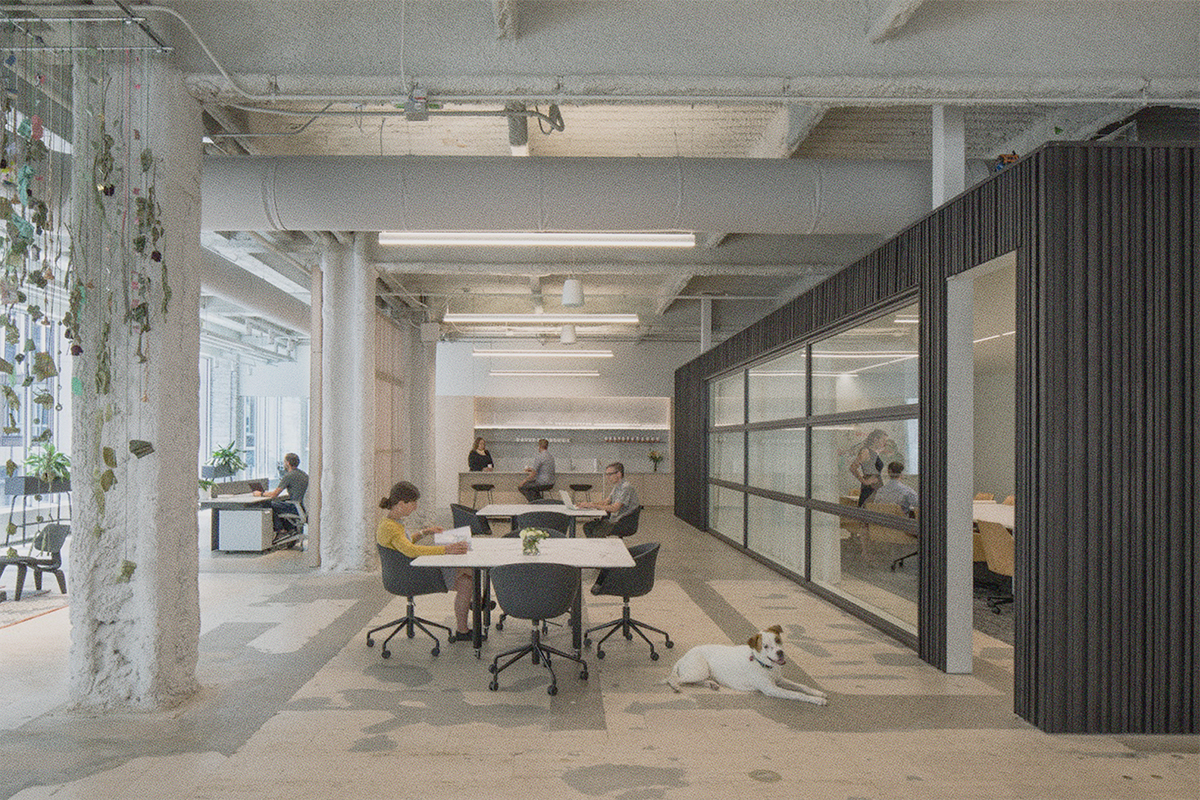
What sparked your passion about healthier materials? Was there an “aha” moment or a time that something just clicked?
I was that kid who won a prize for designing the elementary school recycling banner, so I guess I’ve cared about materials for a long time. But my interest in building materials was piqued in architecture school, when we were challenged to create a new ecolabel. Faced with inventing a way to compare one material to another in terms of sustainability, I realized how mind-blowingly complex of a task that was. How do you make the criteria objective? How do you compare products across categories? How do you measure health – is it just by the list of ingredients, or do you include research on health outcomes factoring exposure and risk (and if so, what research even exists)? How do you stack human health and other metrics against each other and choose which factor outweighs the other? How do you account for performance and durability? The questions were endless and led to more questions, which I found complex and intriguing. In other topic areas like water and energy in buildings, the goal seemed straightforward (at least on the surface). Use less energy, and make it cleaner. Use less water, and make it cleaner. But with materials, the number of variables were infinite. We had to think about balancing not just toxicity to people and embodied carbon, but also harvesting of raw materials, ethical manufacturing, and what to do with all that stuff at the end of its useful life.
I ended up writing my MS thesis on methods for assessing sustainability at the level of the manufacturer, as opposed to focusing solely on individual products which change so frequently. I was really just trying to find a system map at a higher level, and make the big, shifting world of materials more manageable in my head. I still use some of what I learned during that project as indicators of whether a building product manufacturer is serious about human health and sustainability, or just greenwashing. But sometimes they are greenwashing because they don’t know any better, and they are on their way to improving. So you can’t just write off smaller companies who don’t yet have all the documentation. It’s a learning process for them as well.
At MSR Design, the conversation about healthy materials had already started when I joined to work on The Rose, a Living Building-inspired affordable housing development in Minneapolis. My colleagues Rhys MacPherson, Paul Mellblom, and Rachelle Schoessler-Lynn were leading the conversation about why we should, and how we could, avoid vinyl and other chemicals on The Rose and on other projects across the firm. Over the next couple years we held a number of all-staff discussions and training sessions on healthy materials. Many staff members, from seasoned designers to interns, became interested in the question of how we could do better while still delivering a beautiful aesthetic and the best functionality for our clients. By the time we were ready to start designing our new studio, healthy materials as a concept had had enough time to become embedded in the culture
Tell us about your project to build the new MSR studio. Why was it important to prioritize healthy materials for this project? What went into your process?
When we knew we were moving, we held an all-staff discussion to debate frameworks for certification. We considered LEED, WELL, Fitwell, and Living Building Challenge Petal Certification. In the end, LBC won, because the Materials Petal was so ambitious, prioritizing not only human health through the use of Red List Free products, but also environmental health and other butterfly-effect impacts of resource harvesting and global warming potential and waste. At the same time, the LBC path included an emphasis on equity, as well as using the project as a tool to educate and inspire others. We found the holistic approach inspiring, and appreciated the challenge (most days).
It was important to prioritize healthy materials because we knew our staff cared about living out our values around healthy indoor environments. I think the team will agree that meeting the Red List requirement was difficult. It took time to develop a workflow for gathering the documentation. But it also gave us the opportunity to rethink the way we approach materials from the start of projects. Instead of trying to weed out all the “bad” chemistry, we found it was actually easier to start from scratch and build up a list of materials we knew were likely to comply with the requirement. It ended up being simpler, mostly natural materials, which we used as the palette for our space.
How do you consider low embodied carbon versus health in product selection?
Non-toxic materials and low embodied carbon are two lenses on a singular problem, which is planetary health. Human health is a subcategory of planetary health, since we’re part of the planet and made of its stuff. When indoor and outdoor environments, and plant and animal and human bodies, are polluted by toxic substances, both from human-made toxins and an overabundance of greenhouse gasses, the global ecosystem suffers and humans suffer within it. We are nature. What’s interesting is, younger, upcoming professionals and design students seem to understand this intuitively. They don’t even need to be told that human and global environmental health go hand in hand. So I think as an industry, we just need to accept the interplay of embodied carbon and human health as a foregone conclusion and get straight to the nitty-gritty of what materials we use and how those materials are grown, produced, manufactured and delivered.
That said, we also need to get serious about the data used to back up carbon and health claims. We need transparent, standardized reporting from manufacturers, including making sure the scope of every life cycle assessment (LCA) takes all the impact categories of the AIA Materials Pledge into account. I think petroleum-based building materials are going to be a battleground for a while to come. The low purchase price and saturation in the market make plastics seem like an easy choice for all kinds of different finishes and performance layers in buildings. It is possible to make them somewhat healthier for end-users by being careful to avoid certain additives. But that leaves a massive loophole; the impacts of production and waste on planetary health. I think there’s an opportunity for data to drive a new understanding here. If we can start seeing standardized collection and data crunching of environmental product declaration (EPD) data from different product sectors, we might be able to correlate carbon from building products more directly to regional health impacts of the production of those chemistries. This would help close loopholes that allow the incredible health impact of high global warming potential (GWP) emissions to stay hidden in the shadows
How have you used your knowledge to help move your clients toward healthier materials? What has been most successful?
I think some of my most successful work has been in addressing priorities and processes in our workflow. I can’t count the number of times I’ve heard people say they just wish there was a single, simple database of all the great products. There are ever-improving databases out there, but people always want something else that is missing, so the problem hasn’t been solved. I think the missing piece is a deeper understanding of the principles of product categories, such as knowing what different types–not brands, but general types–of insulation or countertop materials are made of, and where they come from. This level of knowledge, over time, becomes a kind of intuition one uses to filter the world of products even as new things constantly appear in your inbox or your lunch and learns. When you understand the principles, and don’t just rely on a database to provide a solution, it also gets easier to speak knowledgeably and make solid recommendations to clients.
On project work, I have the best luck when I’m upfront about why we need to consider material health alongside cost. You have to tailor your message to the audience, for example, some clients are most receptive to the idea of improving their impact on the world, whereas for others, the message that hits home is one of directly affecting their health or the health of people they care about
How has Habitable’s InformedTM building product research been helpful or influential?
I love InformedTMand recommend it to designers all the time, and clients too. The information is organized in terms of product categories as opposed to brand names or labels, so it aligns with the level of learning that I think is most beneficial to becoming smarter in practice. We used the sample specs to rewrite our paint specifications in 2021. We’ve also heard great lectures from Habitable research team members over the years that have left an impact on our staff.
What advice do you have for other AEC leaders? Are there processes or approaches you would recommend? Where would you recommend a newcomer to healthier materials start?
For designers, I recommend signing the AIA Materials Pledge and studying the categories. The Pledge is a great framework – if you address each of the Pledge categories in some way, you know you’re hitting the right bases. If you can, allot some time to staff education and discussion. I recommend the Living Building Challenge Materials Petal as a particularly inspiring framework for education and good discussion, because it is based on absolute goals, instead of relative improvement. The COTE Super Spreadsheet (downloadable on the AIA website) is a good starting point for addressing materials issues in an applied manner on projects.
At MSR Design, our internal education efforts led to the development of our Material Library Entry Criteria. If others want to design similar criteria for their libraries, they are welcome to copy ours outright or modify as needed: www.msrdesign.com/generative-impacts.
The more we as designers align in our message to manufacturers about health and carbon, the easier it becomes for them to stay in business while giving us what we want
What are you most excited about right now?
I’m excited about natural and biobased materials. On the high-tech side, there is so much opportunity for new materials to be developed, especially bio-based polymers. On the other hand, there is a new straw bale project that is being built in Minneapolis. It’s low tech in comparison to the latest research in biomaterials, and yet it combines healthy, natural materials seamlessly with low carbon construction. The team is using Passive House building science principles to build a durable system, which they will test with sensors in the walls over the next few years. I really resonate with the idea that we can build a sustainable future with natural materials in both high- and low-tech ways
What do you want other people to know?
We, as an industry, are practicing architecture and construction in an era where buildings are made of hybrid material systems so complex, we hardly know what’s in them or why they work. I think we architects can perhaps find evidence of the Vitruvian virtues of utilitas (utility) and venustas (beauty) in the work we produce, but somewhere as a profession, I think we have let go of the firmitas (stability). Not in the sense of solid structure, but in the sense of owning materiality and material knowledge as a critical aspect of an architect’s role. We have become accustomed to accepting a level of vagueness about assemblies and their tons of little components, and leaving the details to the product manufacturer. I think understanding materials deeply is about reclaiming this knowledge, and a piece of architecture we have lost
Thank you to Simona and MSR design for being leaders in healthier materials! To learn more about the MSR headquarters project, check out this case study. You can also learn more about MSR’s commitment to sustainable design and download their Sustainable Materials Action Packet on their website. Follow this link to learn more about InformedTM, product guidance which Simona mentions influencing her practice.
Healthy Building Network (HBN) and 100+ organizations stand united behind the new Louisville Charter for Safer Chemicals, a roadmap for transforming the chemical industry to one that is no longer a source of greenhouse gas emissions and significant human and environmental health harms.
The goal of the updated charter is to protect human health and the environment and achieve environmental justice for all who experience disproportionate impacts from cumulative chemical sources, including people of color, low-income people, Tribes and Native/Indigenous communities, women, children, and farmworkers.
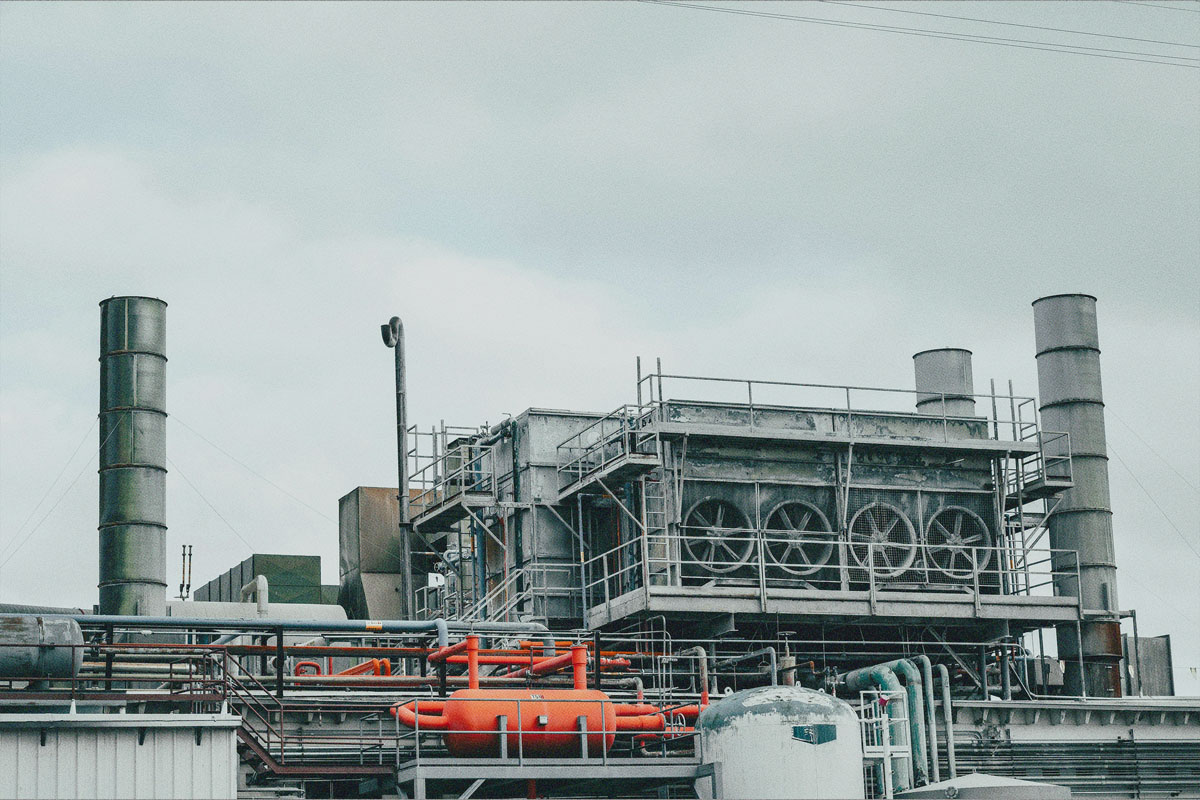
The original Charter was created in 2004; at that time, HBN joined a broad coalition of grassroots, labor, health, and environmental justice groups in an extensive process initiated by community organizations in Louisville, KY. Louisville’s “Rubbertown” area hosted 11 industrial facilities that released millions of pounds of toxic air emissions every year. The Charter was named in honor of this city and all of the communities across the nation exposed to toxic chemical contamination—starting with the people who are harmed first and worst. We participated in the 2021 update process, supporting the efforts of the most heavily impacted communities to more explicitly address the chemical industry’s massive contribution to the climate crisis, and the need to advance environmental justice in communities who are disproportionately impacted.
The Louisville Charter is a unifying guide for everyone working to ensure that toxic chemicals are no longer a source of harm, from local and national policy-makers and labor organizers, to health care workers and concerned community members, to committed leaders in the building industry. It is meant to be versatile and used in a wide variety of contexts for one overarching purpose: to overhaul chemical policies in favor of safety, health, equity, and justice, and avoid false solutions that simply shift harms to other people and places.
HBN is proud to be a signatory of the Charter and join this diverse and intersectional community of partners demanding urgent action to protect, strengthen, and restore our most vulnerable communities.

To learn more about the Louisville Charter for Safer Chemicals and its ten platform planks, visit www.louisvillecharter.org.
Pharos makes it easier than ever to prioritize chemicals management and identify safer alternatives to chemicals of concern. We’re excited to share several resources to help shape the next generation of green chemistry leaders:
- Two case studies detailing how Klean Kanteen and University of Victoria use Pharos to improve their work
- A webinar featuring safer chemistry research from the students of Dr. Meg Schwarzman, an environmental health scientist at University of California, Berkeley. Jeremy Faludi, Ph.D., Delft University of Technology also presents his research in 3D printing. Both share success stories using Pharos to support research and chemical alternatives assessment courses.
- Example assignments and curriculum from Assistant Professor Heather Buckley, Ph.D. of the University of Victoria.
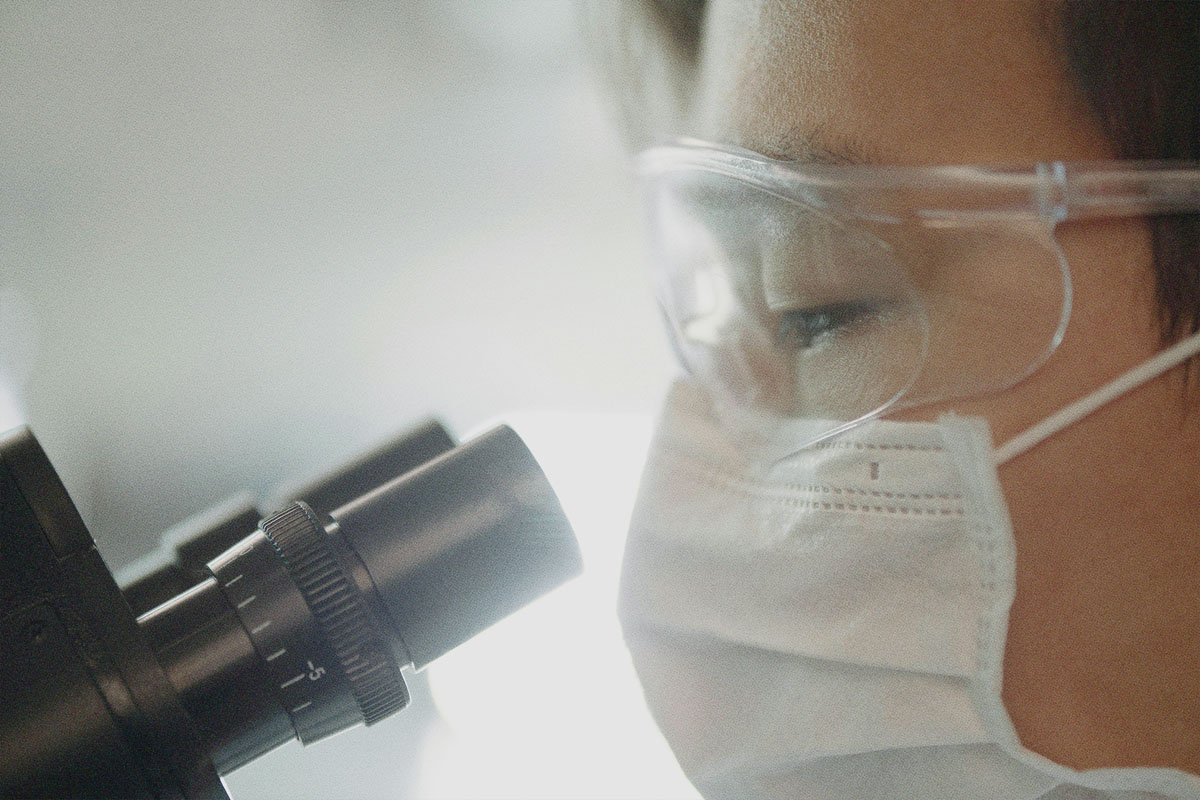
Power Your Work
with Pharos
Educators are doing important work and making our homes, workplaces and communities safer to inhabit. Pharos can help you meet your goals and streamline your work. In addition to our standard online access, now there are more ways to access chemical hazard data!
- Connect to the Pharos API to reduce manual entry and ensure you have the most current information available.
- Not able to take our API yet, but still manually managing lists of lists for your EHS, regulatory, or sustainability programs? We offer low-cost standard and custom data downloads from Pharos to power your internal chemicals management programs.
If you are interested in further details, or subscribing to Pharos, more information is available here.
ChemSec’s Marketplace connects products like this car seat with safer alternatives to hazardous chemicals, offering a platform for them to find better matches and reduce their environmental impact.

 Health
Health Climate Change
Climate Change Equity
Equity Pollution
Pollution